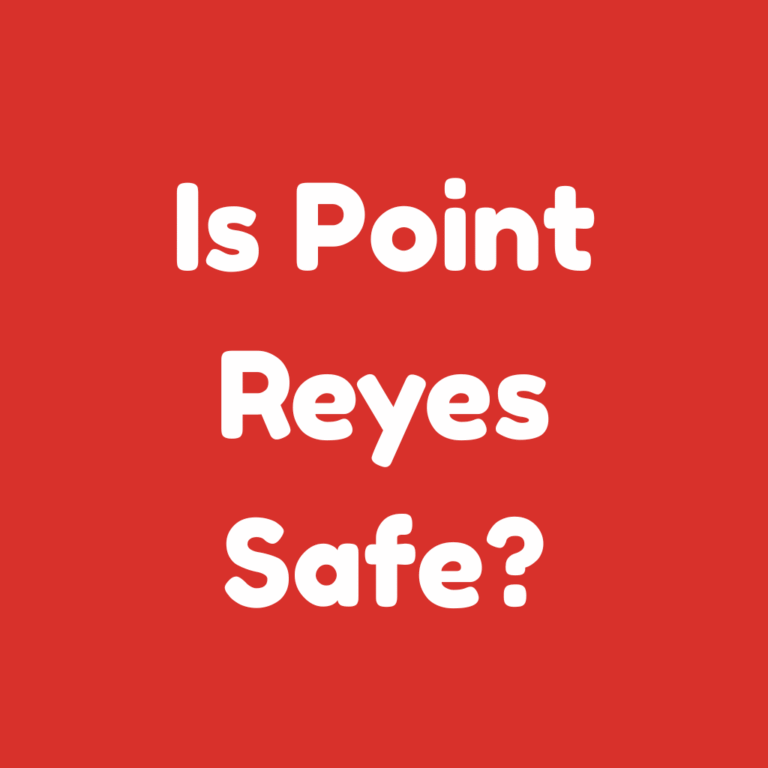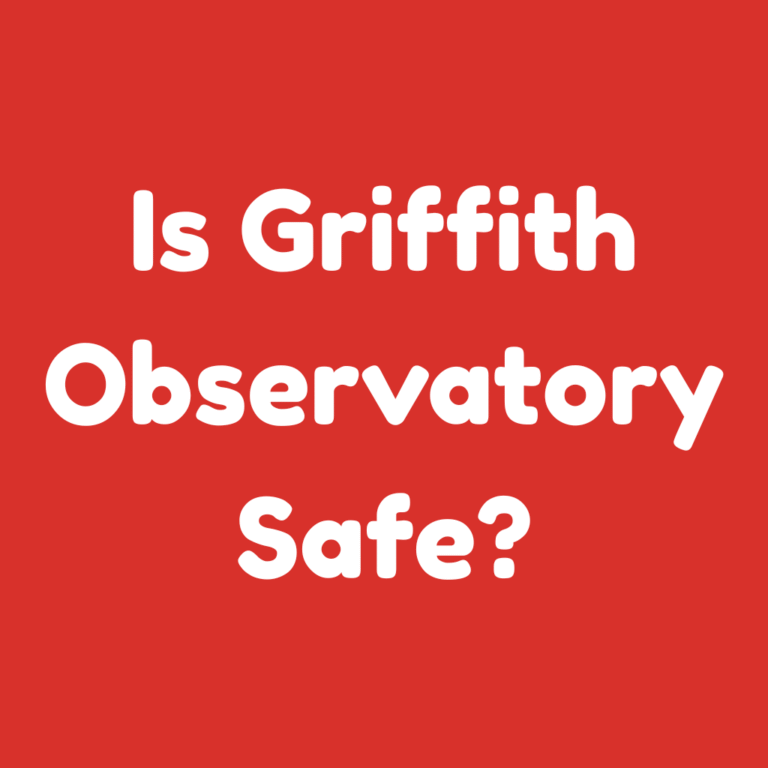Is the San Diego Zoo Safe?
The San Diego Zoo, one of the most renowned zoos in the world, draws millions of visitors every year. As you step through the gates of this sprawling wildlife sanctuary, you’re likely filled with excitement, curiosity, and wonder.
After all, the zoo is home to over 3,700 animals representing more than 650 species, and it’s set in the beautiful Balboa Park with lush landscapes and stunning habitats.
But before you grab your camera and venture into the zoo, you might be wondering: Is the San Diego Zoo safe for visitors?
Whether you’re planning a visit with your family, friends, or traveling solo, ensuring the safety of the zoo experience is crucial.
So, let’s dive deep into what makes the San Diego Zoo safe for all its visitors, what to keep in mind, and how to make the most of your trip.
The San Diego Zoo’s Commitment to Safety
When you think of a zoo, your mind might wander to the animals behind fences or glass, and perhaps you worry about the risk of interactions between visitors and animals.
However, the San Diego Zoo takes several steps to ensure both human and animal safety. These precautions are not only about keeping visitors safe but also about providing animals with a secure and comfortable environment.
The zoo is designed with safety as a top priority. There are clear signs guiding visitors on where to go and what not to do, especially around exhibits with larger or more dangerous animals.
Keep in mind that the zoo has experts, including wildlife biologists and animal care specialists, who closely monitor animal behavior to reduce risks.
Additionally, the zoo is equipped with emergency protocols, including first-aid stations, trained staff on-site, and clear evacuation plans should the need arise.
This is a big plus if you’re bringing your kids along or if you’re someone who likes to feel reassured.
Animal Exhibits: What You Need to Know
San Diego Zoo is known for its innovative and naturalistic animal enclosures. While these exhibits often mimic animals’ natural habitats, the safety of visitors is still a top concern. Here’s a breakdown of what you can expect:
| Type of Animal | Precautions Taken | Visitor Responsibilities |
| Large Carnivores (Lions, Tigers, etc.) | Strong fencing, double barriers, glass enclosures | Do not attempt to interact or taunt animals |
| Herbivores (Giraffes, Elephants) | Enclosed walkways, viewing platforms | Follow pathways, keep a safe distance |
| Birds (Flamingos, Eagles) | Netting, viewing walls | Keep your hands to yourself, stay in viewing zones |
| Reptiles (Snakes, Crocodiles) | Secured glass tanks, behind barriers | Avoid leaning over barriers or attempting to touch |
As you can see, the zoo has implemented various safety measures specific to each type of animal.
For instance, large carnivores like lions and tigers have double fences and protective glass barriers to ensure that visitors remain a safe distance away.
On the other hand, herbivores like giraffes and elephants are kept behind secure enclosures but allow visitors to get a closer look in designated areas.
Common Concerns & Real-World Safety Measures
When it comes to public spaces like the zoo, people often have concerns. Here are some common worries that visitors tend to have and the steps taken by the San Diego Zoo to address them:
Concern 1: Animal Escape
While it may seem like something out of a movie, animal escapes are a real concern. However, the San Diego Zoo has never had a major escape incident that led to harm.
With modern technology and an expert team, any breach in containment is quickly addressed with effective lockdown procedures and emergency response protocols.
Concern 2: Personal Injury
Zoos can be large, busy places, and navigating them with crowds, particularly around popular exhibits, could lead to accidents.
The San Diego Zoo has a robust system in place to prevent injuries from falls, slips, or interactions with exhibits.
They regularly maintain pathways and ensure all viewing areas are well-marked with clear instructions on where to stand.
Concern 3: Interactions with Wild Animals
Though it’s tempting to get close to an animal or even feed them, it’s important to remember that wild animals are unpredictable, and visitors must adhere to strict rules.
San Diego Zoo staff frequently remind guests not to approach animals or feed them, as this can disrupt their behavior or cause unnecessary stress. Plus, some species can be territorial, and close interaction could be dangerous.
Tips for Visitors to Stay Safe
To ensure your visit to the San Diego Zoo is enjoyable and safe, here are some practical tips to follow:
- Stay on Marked Paths: Always stick to designated walkways and viewing areas. Going off-path not only risks personal injury but can also disrupt animal habitats.
- Watch Your Children: If you’re visiting with kids, it’s vital to keep them close. While the zoo is generally safe, large crowds and enthusiastic children can sometimes get into trouble.
- Be Aware of Your Surroundings: Be mindful of your surroundings and aware of zoo staff who are on hand to provide assistance. If you see something that looks unusual, always report it to a staff member.
- Avoid Feeding Animals: Never attempt to feed any of the animals. Not only can this be harmful to the animals, but some may become more aggressive or anxious if they sense food.
What to Do in Case of Emergency
Emergencies can happen anywhere, and the zoo is no exception. Here are a few steps to follow if something unexpected occurs:
- Locate a Staff Member: Zoo employees are easy to spot in their uniforms and are always ready to assist. In case of an injury, animal incident, or any other emergency, locate a staff member immediately.
- First Aid Stations: The zoo is equipped with first-aid stations for minor injuries. For more serious medical issues, the zoo has a direct line to emergency services.
- Know the Evacuation Routes: The San Diego Zoo has multiple exits and evacuation routes. Signs are clearly posted, and staff will direct you to safety if necessary.
Common Mistakes to Avoid
While the San Diego Zoo is safe overall, there are some mistakes that visitors commonly make, which can affect their safety. Here are a few to avoid:
- Disregarding Warning Signs: Signs and barriers are in place for a reason. Don’t ignore them, even if the view looks tempting. These barriers are for both your safety and the animals’ well-being.
- Being Too Close to the Glass: While the glass barriers are often reinforced and safe, leaning or pressing against them can cause accidents and even stress the animals.
- Ignoring Weather Warnings: San Diego’s sunny weather can be misleading, but always check for weather-related advisories. You’ll want to avoid dehydration or heatstroke, so bring water and wear sunscreen.
- Overcrowding in Popular Areas: Popular exhibits can get crowded, which increases the chances of accidents. Try visiting less busy times, like early mornings or late afternoons.
Conclusion
In conclusion, the San Diego Zoo is generally very safe for visitors, with thorough measures in place to protect both humans and animals.
The zoo’s commitment to safety is reflected in their well-maintained exhibits, clear visitor guidelines, and their proactive approach to handling emergencies.
By staying aware, following the rules, and using common sense, you’ll be able to enjoy your visit with peace of mind.
Key Takeaways:
- The zoo implements strict safety protocols to ensure a secure environment.
- Follow all signage and zoo staff instructions for a safe visit.
- Be mindful of your surroundings and keep your distance from animals.
- In case of emergencies, always follow the designated procedures.
If you’ve visited the San Diego Zoo, share your experiences in the comments below! What were some safety tips you found helpful?
And if you’re planning your first visit, let us know if you found this guide useful. Don’t forget to share this post with friends or family who are planning to visit the zoo!
FAQs
1. Is the San Diego Zoo wheelchair accessible?
Yes, the zoo is fully wheelchair accessible, with paths and exhibits designed for ease of movement. Wheelchairs and strollers are available for rent, and there are plenty of accessible restrooms and ramps.
2. What happens if an animal becomes aggressive?
In the rare event of an animal showing aggressive behavior, zoo staff are trained to intervene immediately. The safety of visitors is always the top priority, and measures will be taken to ensure the situation is handled appropriately.
3. Can I bring my pet to the zoo?
No, pets are not allowed at the San Diego Zoo, except for service animals. This helps maintain a safe environment for both animals and visitors.
4. Are there any age restrictions?
There are no specific age restrictions for visiting the zoo, but children must be supervised at all times. There are areas designed specifically for kids, like playgrounds and educational exhibits.







